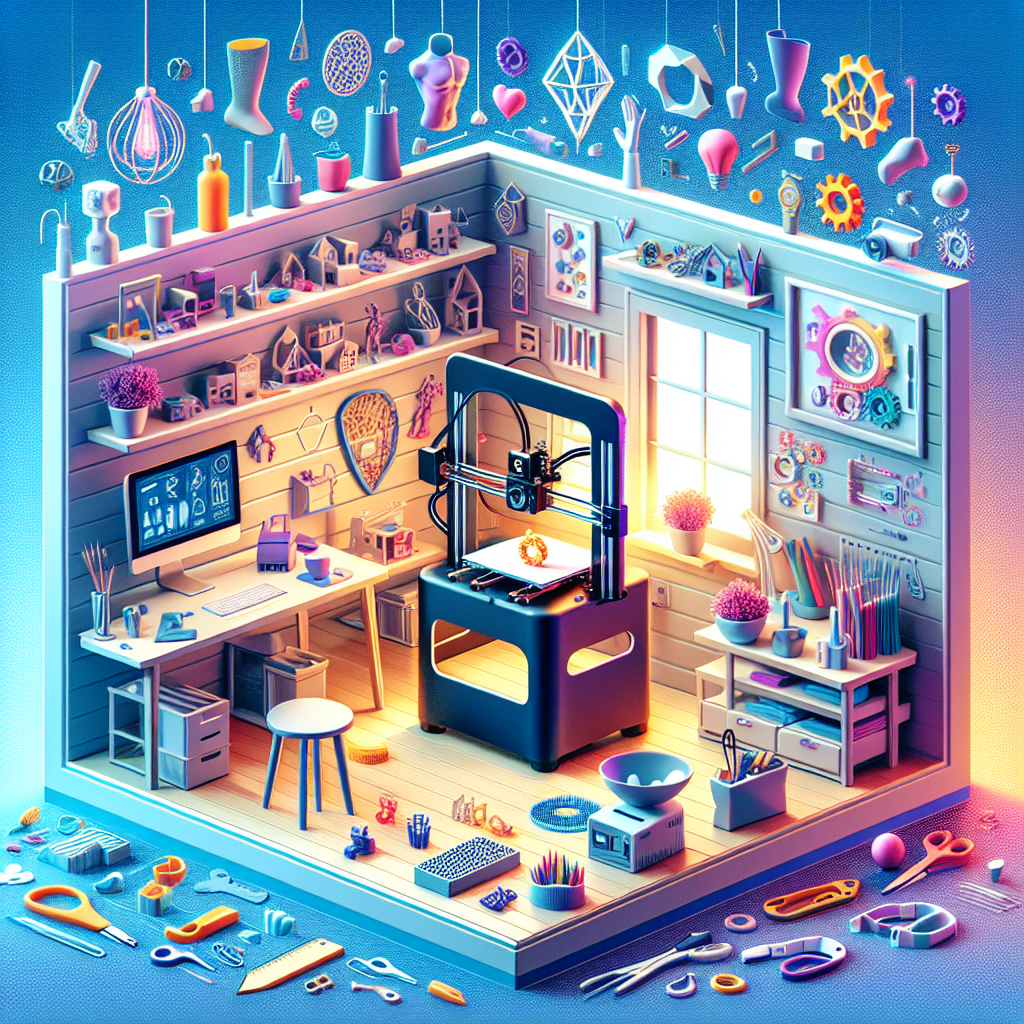Revolutionizing Creativity: How 3D Printing is Transforming Everyday Innovation

In a world where technology evolves at lightning speed, 3D printing stands out as a remarkable innovation that's reshaping how we think about creativity, manufacturing, and even our daily lives. Imagine being able to create physical objects right from your home or office—this is not science fiction; it’s the new reality.
What is 3D Printing?
At its core, 3D printing, or additive manufacturing, is the process of creating three-dimensional objects from a digital file. Unlike traditional manufacturing, which often involves cutting away material from a larger block, 3D printing builds items layer by layer. This allows for incredible flexibility, enabling intricate designs and the production of items that would be impossible or too costly to create using conventional methods.
Why Should You Care?
You might wonder what all this means for you. Well, 3D printing has the potential to transform various industries, from healthcare to education and even fashion. For example, in the medical field, 3D printing can create customized prosthetics tailored to a patient’s anatomy, enhancing comfort and effectiveness. In education, students can design and print projects, turning abstract concepts into tangible reality, which significantly enhances learning experiences.
Bringing Designs to Life
Take a moment to picture this: you have a design in your mind for a unique piece of jewelry or a custom tool for your home repair project. Instead of relying on mass-produced items, 3D printing enables you to turn that idea into reality at a fraction of the cost and time. With online libraries full of free design templates and user-friendly software to create your own models, the barriers to innovation are lower than ever.
Challenges on the Horizon
While the benefits of 3D printing are significant, it's not without its challenges. Issues such as material limitations, printing speed, and scalability still exist. Moreover, as easy as it is to create physical items, there are growing concerns over intellectual property and the potential for misuse, such as printing weapons or counterfeit goods. As we navigate this new frontier, it’s crucial to find a balance that promotes creativity while safeguarding ethical standards.
The Future is Bright
The future of 3D printing looks promising. Experts predict that the technology will continue to evolve, integrating advancements like AI and enhanced materials. Imagine a future where you could press a button and print a meal, or where entire homes could be constructed with the push of a lever. While we might not yet be there, the rapid pace of development means that such possibilities are not out of reach.
In conclusion, 3D printing is more than just a technological trend; it’s a catalyst for change that has the potential to disrupt traditional manufacturing and unleash a wave of creative innovation. Whether you are an artist, educator, or entrepreneur, embracing this technology could unlock new avenues for expression and efficiency. The question is—are you ready to dive into the world of 3D printing and start creating?